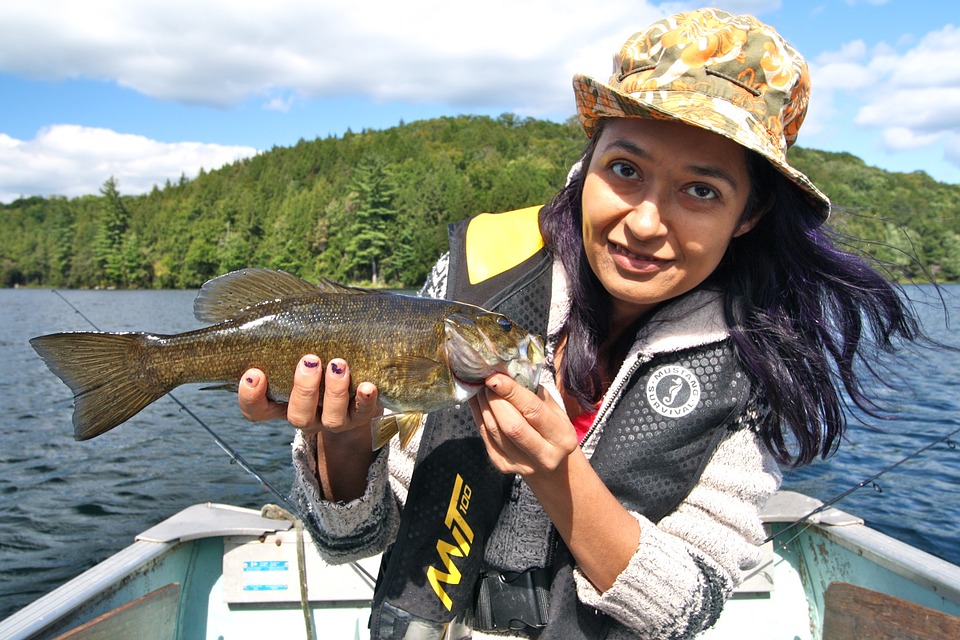Fish Health: How to Use Fish Tank Live Food for Dietary Enrichment
Introduction:
Providing a well-balanced diet is crucial for maintaining the health and well-being of your fish. While commercial fish food is readily available, incorporating live food into their diet can offer numerous benefits. In this article, we will explore the importance of using fish tank live food for dietary enrichment and provide you with valuable insights on how to do it effectively.
Why is Live Food Beneficial for Fish?
1. Enhanced Nutritional Content:
– Live food, such as brine shrimp, daphnia, and bloodworms, are rich in essential nutrients, vitamins, and minerals that are vital for fish health.
– These natural sources of nutrition can greatly contribute to the overall well-being of your fish, promoting growth, vibrant coloration, and increased immune system function.
2. Stimulates Natural Feeding Behaviors:
– In the wild, fish hunt and consume live prey, which stimulates their natural instinct to chase and hunt.
– Including live food in their diet allows fish to engage in these instinctual behaviors, promoting mental stimulation and overall physical activity.
3. Encourages Finicky Eaters:
– Some fish species can be picky eaters and may refuse to consume certain types of commercial fish food.
– Live food can entice finicky eaters, as the movement and natural scent of live prey mimic what fish would encounter in their natural habitats.
How to Incorporate Live Food into Your Fish’s Diet
1. Research and Choose Suitable Live Food:
– Before introducing live food, research which types are appropriate for your specific fish species.
– Consider the nutritional requirements, size, and feeding habits of your fish to ensure the live food is suitable and safe for consumption.
2. Cultivate Live Food Cultures:
– Breeding and cultivating live food cultures is a cost-effective and convenient method to provide a continuous supply.
– Start by establishing cultures of brine shrimp, daphnia, or other suitable live food sources, following specific guidelines for each.
3. Feed Live Food in Moderation:
– While live food is beneficial, it should not replace a well-balanced diet.
– Feed live food as a supplement, providing it once or twice a week, depending on the fish species and their dietary requirements.
FAQs (Frequently Asked Questions)
Q1: Can I use wild-caught live food for my fish?
A: It is not recommended to use wild-caught live food, as it may introduce parasites or diseases to your tank. Cultivating your own live food cultures or purchasing from reputable sources is a safer option.
Q2: Can live food cause any negative effects on my fish’s health?
A: When sourced and used correctly, live food is generally safe for fish. However, overfeeding with live food can lead to obesity and poor water quality. Ensure moderation and maintain a balanced diet.
Q3: Are there any alternatives to live food for dietary enrichment?
A: While live food offers unique benefits, you can also enhance your fish’s diet with frozen or freeze-dried foods, which retain much of the nutritional value.
Q4: Can I feed live food to all types of fish?
A: Not all fish species require or can consume live food. Some fish, such as herbivores or specific tropical species, have dietary needs that are better met through other food sources. Research your fish species’ dietary requirements before introducing live food.
Conclusion:
Incorporating live food into your fish’s diet can provide numerous benefits, including enhanced nutrition, stimulation of natural feeding behaviors, and enticing picky eaters. By following the guidelines mentioned above and considering your fish species’ requirements, you can successfully introduce live food as a dietary enrichment strategy, promoting the overall health and well-being of your beloved aquatic pets.









